Top Things to Know Before Buying Plants for Your Home Garden
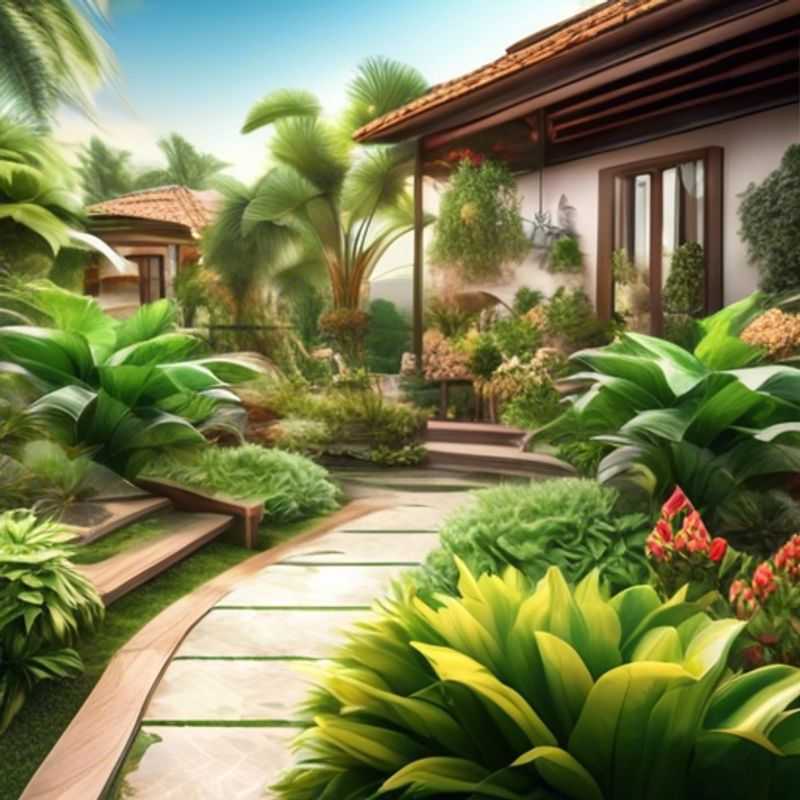
From Sunlight to Soil: A Gardeners Guide to Plant Selection
Embarking on the journey of creating a vibrant home garden is an exciting endeavor, but it's essential to approach it with a touch of informed curiosity. Just like any engineering project, a successful garden requires meticulous planning and an understanding of the elements involved. Before you dive into the delightful world of plant selection, there are a few key things to consider, ensuring your green haven thrives.
First and foremost, research the specific plants' light, water, and soil requirements. It's like choosing the right materials for a structure; the wrong conditions will lead to stunted growth or even failure. Understanding these needs is crucial for creating a suitable environment for your chosen plants.
Next, consider the mature size of the plant and available space in your garden.
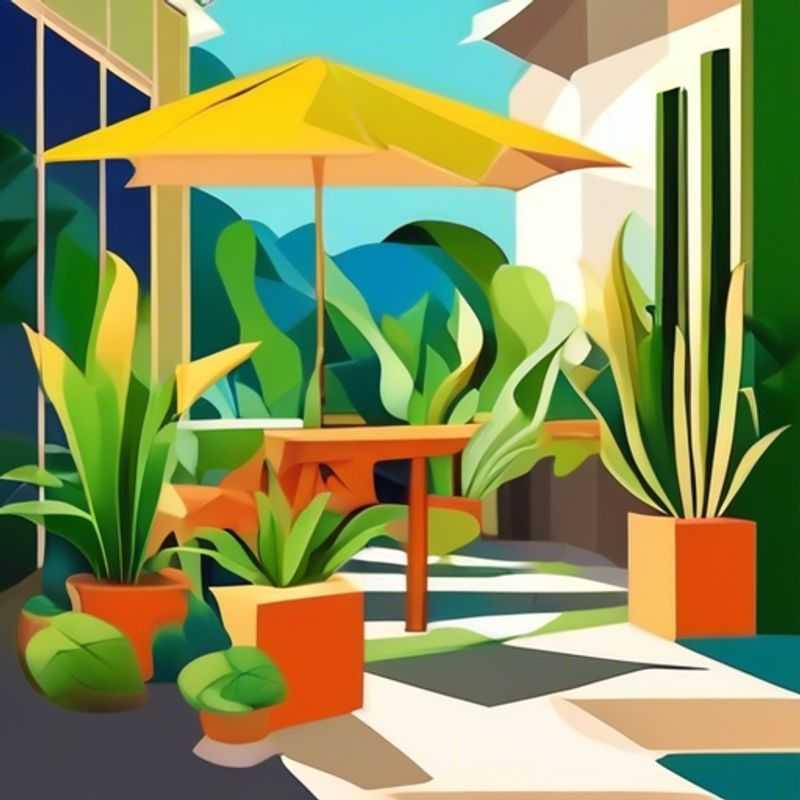
Unlocking Your Plant's Secrets: Researching Light, Water, and Soil Needs
Understanding a plant's specific light, water, and soil requirements is crucial for its healthy growth. It's like providing the right ingredients for a delicious recipe! Light is essential for photosynthesis, the process plants use to convert sunlight into energy. Water provides hydration and nutrients, while soil acts as a foundation and a source of essential minerals.
To determine a plant's needs, you can start by researching its species. There are countless resources online and in gardening books. Look for information on light exposure (e.g., full sun, partial shade, shade), watering frequency (e.g., weekly, twice a week, as needed), and soil type (e.g., well-draining, acidic, alkaline).
Consider the following tips:
• Light: Observe the plant's natural habitat. Does it grow in sunny meadows or shady forests? Experiment with different locations in your home or garden to find the best light exposure.
• Water: Touch the soil to assess its moisture level. Avoid overwatering, which can lead to root rot. Use a moisture meter for accurate readings.
• Soil: A well-draining soil allows excess water to escape, preventing root problems. Amend the soil with compost or other organic matter to improve its structure and fertility.
By taking the time to understand your plant's needs, you'll provide the right environment for it to thrive. And remember, gardening is a journey of discovery. Don't be afraid to experiment and learn along the way!
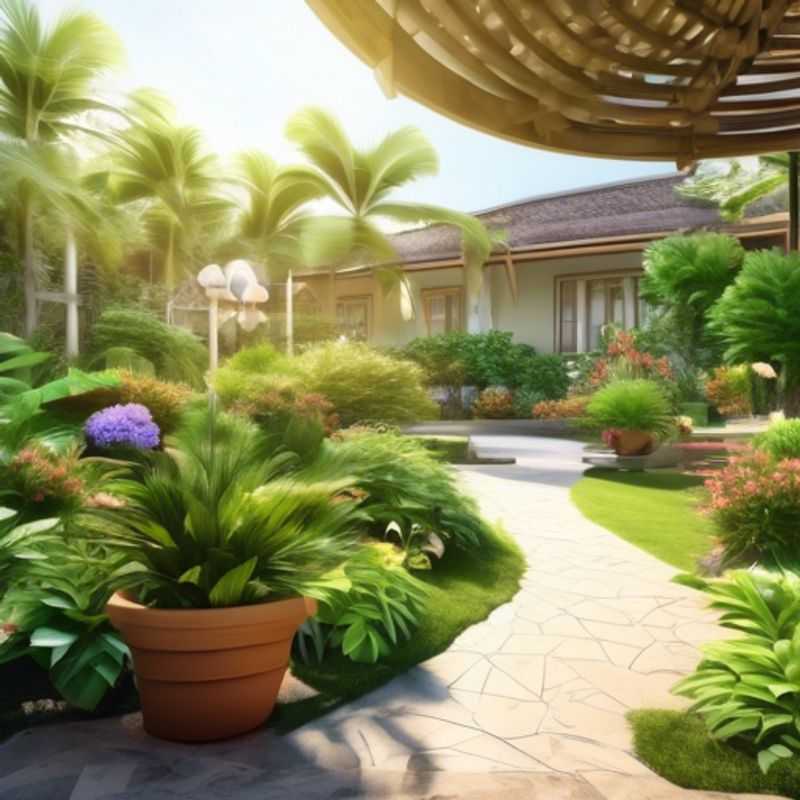
Planning Your Garden: Matching Plant Size to Available Space
When planning your garden, it's crucial to consider the mature size of the plant and available space in your garden. This helps you avoid overcrowding and ensure the plants thrive.
Before purchasing, research the mature size of the plant. This information is usually available on plant tags or online. You can also consult with a local nursery for guidance.
Measure the area where you plan to plant. Consider both the plant's height and spread. Allow adequate space for root growth and air circulation.
Plan for future growth, as plants can grow larger than expected. Consider how the plant will look in a few years, and ensure you have sufficient space.
Choosing the right plants for the right space can save you time, effort, and money in the long run, ensuring a healthy and thriving garden.
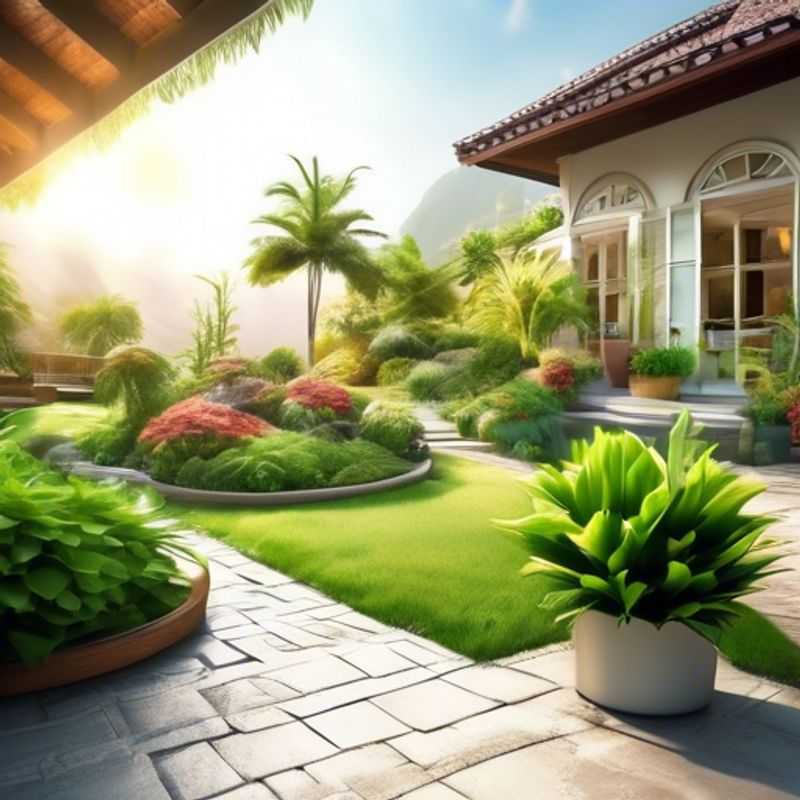
Pre-Purchase Plant Patrol: Inspecting for Pests and Diseases
Before you bring a new plant home, take a moment to inspect it for signs of pests or diseases. This quick check can save you a lot of trouble down the line.
Look for any visible signs of insects, like tiny white dots on the leaves (mealybugs), webbing (spider mites), or sticky residue (aphids).
Check the leaves for discoloration, holes, or spots. These could be signs of fungal diseases, bacterial infections, or other issues.
If you see any signs of pests or diseases, it's best to choose a different plant. If you're not sure what you're looking at, ask a staff member at the garden center for help.
Preventing pest and disease problems starts with choosing healthy plants.
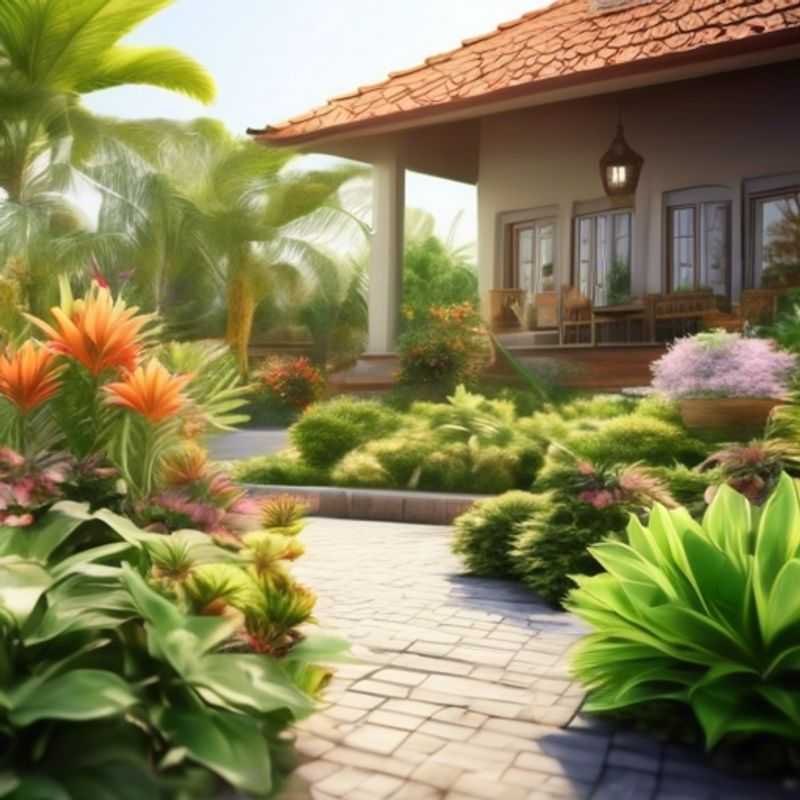
Planting for Success: Understanding Hardiness Zones and Ensuring Your Plants Thrive
Choosing the right plants for your garden is essential to ensure they thrive. Plant Hardiness Zones, created by the USDA, are a valuable tool for this. These zones are based on the average lowest winter temperatures, with each zone representing a 10-degree Fahrenheit difference.
Finding your zone: Look up your zip code on USDA's Plant Hardiness Zone Map (https://planthardiness.ars.usda.gov/PHZMWeb/) to determine your specific zone.
Matching plants to your zone: When selecting plants, look for the hardiness zone range on their labels or online descriptions. Plants that fall within your zone's range will be more likely to survive the winters in your area.
Beyond hardiness zones: While hardiness zones offer a good starting point, remember that other factors like microclimates, soil conditions, and sun exposure also play a role in plant growth. Consider your garden's unique environment when making your selections.
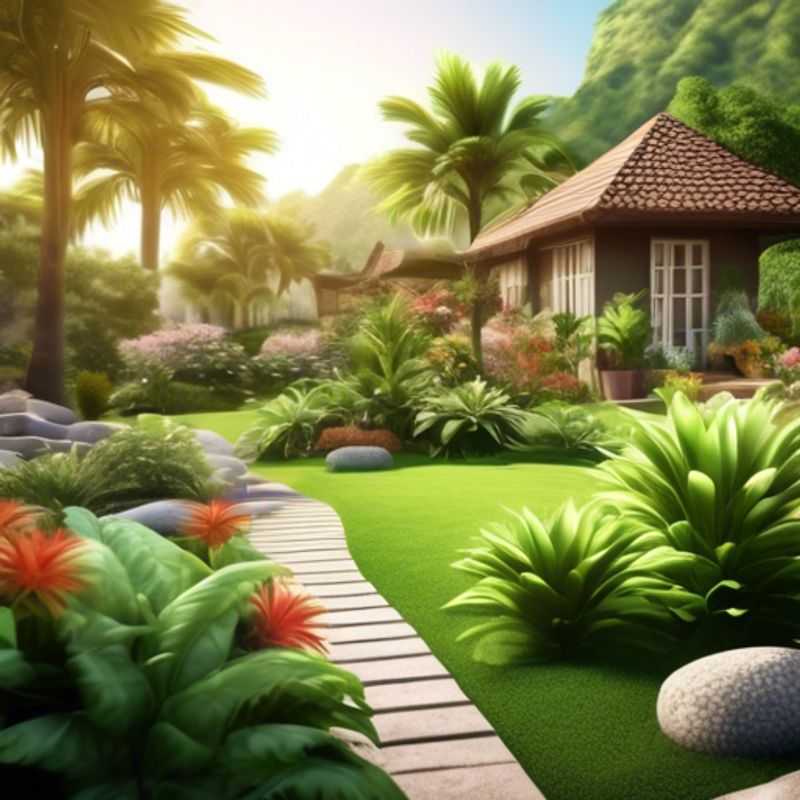
From Seedling to Stunner: A Guide to Plant Care and Maintenance
Caring for your plants is essential for their health and vitality. Understanding their specific needs is crucial, as different plants have different requirements. Watering is fundamental, ensuring the soil is consistently moist but not waterlogged. Sunlight is another vital element, with each plant species having its own light preference. Pruning is a crucial practice, shaping the plant's growth and removing dead or diseased parts. Fertilizing provides essential nutrients to support healthy growth. The type and frequency of fertilization depend on the plant's requirements. Pest and disease control is also important, as regular inspection and treatment are essential for preventing issues. Repotting is another crucial aspect of plant care, ensuring sufficient space for the roots to grow. Finally, it's essential to choose the right pot, with proper drainage and the appropriate size for the plant. Remember, each plant is unique and requires individual care.
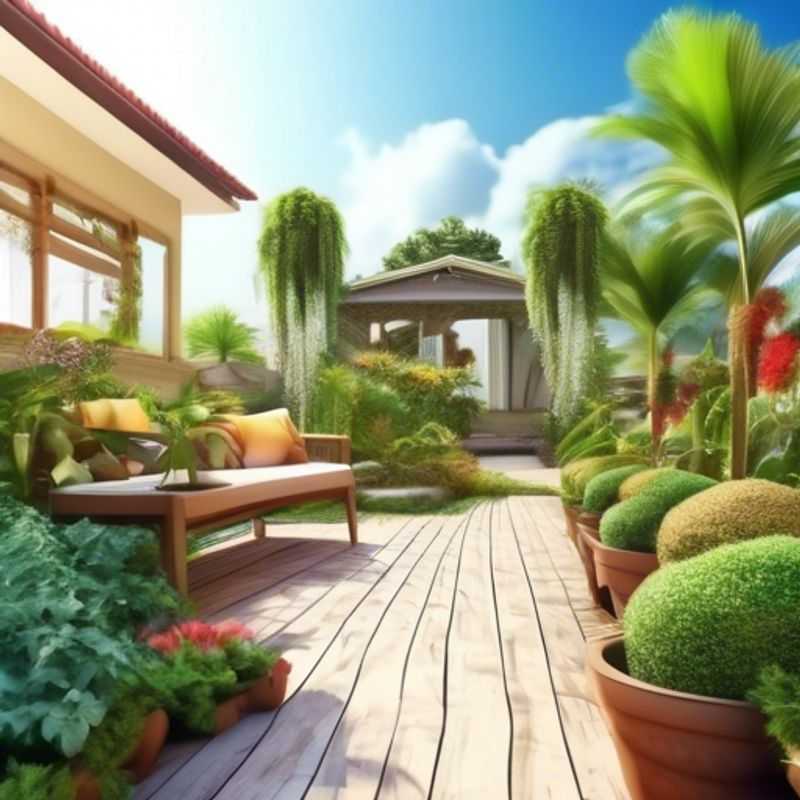
Furry Friends and Foliage: How to Ensure Your Plants Are Pet-Friendly
Bringing a new plant home can be a delightful experience, but it’s crucial to ensure it’s safe for your furry companions if you have pets. Many common houseplants can be toxic to cats and dogs, causing various symptoms like vomiting, diarrhea, lethargy, and even more severe complications. Before welcoming a new plant into your home, it's vital to research its safety for pets.
Start by identifying the plant species. A simple internet search can reveal whether it's considered safe or toxic to pets. Websites like the ASPCA and the Pet Poison Helpline provide comprehensive databases of plants categorized by their toxicity levels.
Consider the plant’s potential for harm. Some plants are more dangerous than others, so understanding the potential toxicity is crucial. For instance, some plants might cause mild digestive upset, while others can trigger severe reactions. Always err on the side of caution and choose pet-friendly alternatives whenever possible.
Safeguard your pets. Keep potentially toxic plants out of reach, ideally in a room pets can't access. You can also use physical barriers or deterrents like citrus peels or commercial repellents to discourage pets from exploring the plants.
Monitor your pets closely. Even if you believe your plant is safe, it’s still a good idea to watch for any unusual behavior or symptoms after introducing a new plant. If you notice any signs of illness, consult your veterinarian immediately.
Remember that the safety of your pets is paramount. Choosing pet-friendly plants or keeping potentially toxic ones out of reach can go a long way in ensuring a safe and harmonious home for both your furry friends and your leafy companions.
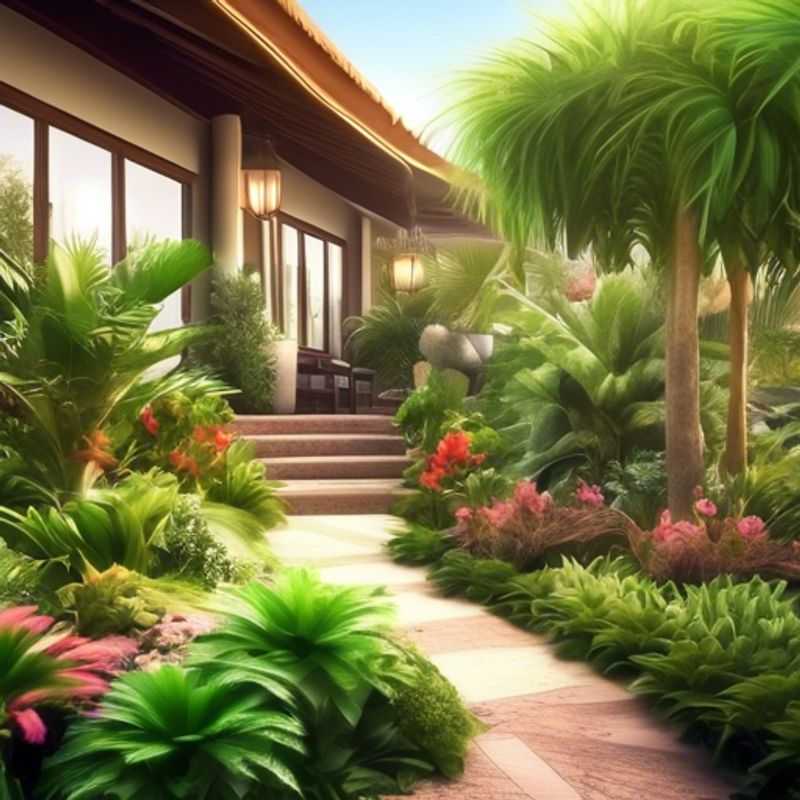
Why You Should Buy Plants from Reputable Nurseries or Garden Centers
Purchasing plants from reputable nurseries or garden centers offers numerous advantages, ensuring you get healthy and thriving additions to your garden. These establishments prioritize plant health and quality, offering a wide selection of species and varieties, including those suitable for your local climate.
Reputable nurseries and garden centers typically have knowledgeable staff who can provide expert advice on plant care, soil requirements, and proper planting techniques. This ensures you have the resources to successfully integrate your new plants into your garden environment. They often offer a range of services like plant identification, pest and disease control, and even custom garden design, enhancing your gardening experience.
Another crucial advantage is the quality assurance provided by these businesses. They source their plants from reliable growers, adhering to strict quality control measures. This minimizes the risk of purchasing diseased or damaged plants, saving you time and effort in the long run.
Furthermore, reputable nurseries and garden centers frequently participate in community events and educational programs, promoting responsible gardening practices and fostering a love for the natural world. This commitment to environmental stewardship aligns with the values of many plant enthusiasts.
When visiting a nursery or garden center, be sure to observe their overall cleanliness and the health of the plants on display. Healthy plants should have vibrant colors, sturdy stems, and free of pests and diseases. Don’t hesitate to ask questions about the origin of the plants, their care requirements, and any guarantees they offer.
Keep in mind that purchasing plants from reputable nurseries or garden centers might come with a slightly higher price tag, but this investment is often worth it. The benefits of healthy, well-established plants, expert advice, and peace of mind far outweigh any initial cost difference.
